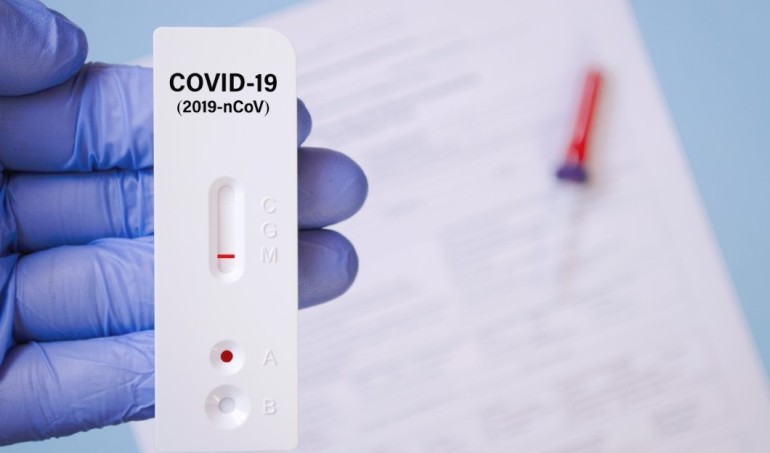Sponsored Listings:
COVID-19 tests are now demanded by all as an alternative to quarantine regulations. However, the current elaborate test procedures are not satisfactory. Now the aviation industry is pinning its hopes on fast and inexpensive antigen tests.
It has been known for months that the ever-changing quarantine rules are the scourge of tourism as well as aviation. Already in May, the International Air Transport Association (IATA) pointed out that these rules will delay the re-launch of air travel after the quasi-grounding in spring 2020.
However, not much progress has been made so far and the quarantine rules continue to have a massive impact on flight planning and operations. All of this despite the fact that many parties, including IATA, have long been calling for alternatives to quarantine regulations, usually by means of tests.
The associations of the air traffic industry are now calling for an adequate COVID-19 test system because the current quarantine regimes support the current lack of confidence in flying. Many EU states, however, are already implementing test centers at airports for the presentation of negative COVID-19 test results allowing exceptions to current quarantine regulations.
However, the testing facilities available to date have not always proven to be particularly suitable. To obtain the results of a PCR test, one has to wait several hours in the best case, but usually a day or even longer. During this time, there are “short quarantines” – or you have to do the test beforehand, but always make sure that the test is not older than the time period specified by the target country. This creates planning stress for passengers, while laboratories, where the PCR tests are evaluated, are reaching their capacity limits. In addition, PCR tests are relatively expensive, which is also an issue.
But now there is a new source of hope: the so-called antigen tests. These tests, like the PCR test, require a smear from the nasopharynx. But the evaluation is much faster afterwards. A rapid test from Roche, for example, provides the result within 15 minutes. An analytical device is not necessary; laboratory testing is also unnecessary. Study results also show that the antigen tests have almost the same accuracy as the PCR tests currently in use.
The rapid test is designed to immediately detect non-infected and infected persons. On one hand, it enables more effective use of health care resources (especially in the upcoming flu season, such a test can help to quickly rule out SARS-CoV-2 or immediately initiate appropriate treatment), but on the other hand, a rapid test would of course also be welcome process facilitation in the travel industry.

It no longer requires a costly laboratory infrastructure, so this test is also cheaper than the PCR test. The cost issue is often the reason why implementation still fails: despite the fact that other approaches have been adopted in the meantime (in Germany, for example, the state paid for the immediate tests at airports for a while), consumers are usually responsible for the costs – and these have been quite high for PCR tests up to now.
Airlines are already looking at these test options. The Lufthansa Group is considering the use of rapid tests as early as October.
The hope is, of course, that controlled testing of inbound passengers from risk areas will make the quarantine at least partially obsolete. This in turn creates planning security for passengers and service providers, thus enabling a real restart. But the bottom line is that the question remains as to whose area of responsibility such tests fall. Do authorities have to provide such tests, do airlines (i.e. usually the private sector) have to introduce such tests, do airports? As is so often the case this year, solutions to complex problems have to be found under massive time pressure, which requires the coordination of various parties. Roche’s rapid test is ready, but its use at airports is likely to take some time.
Source: tourism-review.com










